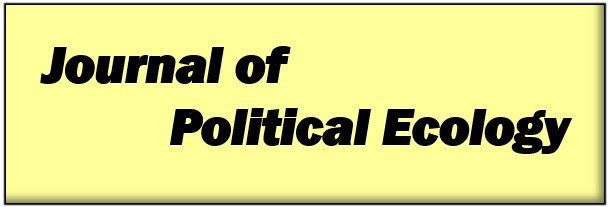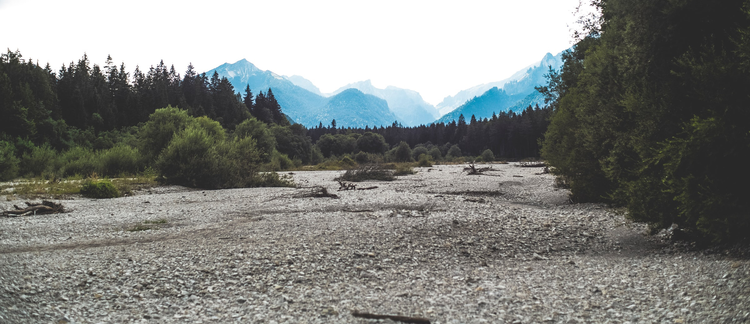Abstract
Since protest forced the US Navy off Vieques Island, Puerto Rico in 2003, the US military has embarked on one of the largest environmental remediation projects it has ever undertaken. This article explores the way a narrowly conceived, technocratic cleanup process is translated onto an island with a deep history of grassroots mobilization and antagonism towards federal authority. The Restoration Advisory Board (RAB) is a crucible for considering the uneasy dynamics of cleanup. US law enshrines the RAB as the principal venue for "public participation" in the cleanup process. However, the prevailing technocratic framework, constrained by under-resourced bureaucratic agencies, clashes with more encompassing concepts of environmental justice. Citizen members of the RAB, nonetheless, approach the committee as a point of access to information about the remediation process, and leverage their participation as a tool for advancing a broader set of environmental justice claims.
Keywords: environmental remediation, military, Environmental Protection Agency, US Navy, US Fish and Wildlife Service, environmental justice, citizen participation, Puerto Rico
How to Cite:
McCaffrey, K. T., (2018) “Environmental remediation and its discontents: the contested cleanup of Vieques, Puerto Rico”, Journal of Political Ecology 25(1), 80-103. doi: https://doi.org/10.2458/v25i1.22631
Downloads:
Download PDF
View PDF
1980 Views
456 Downloads

